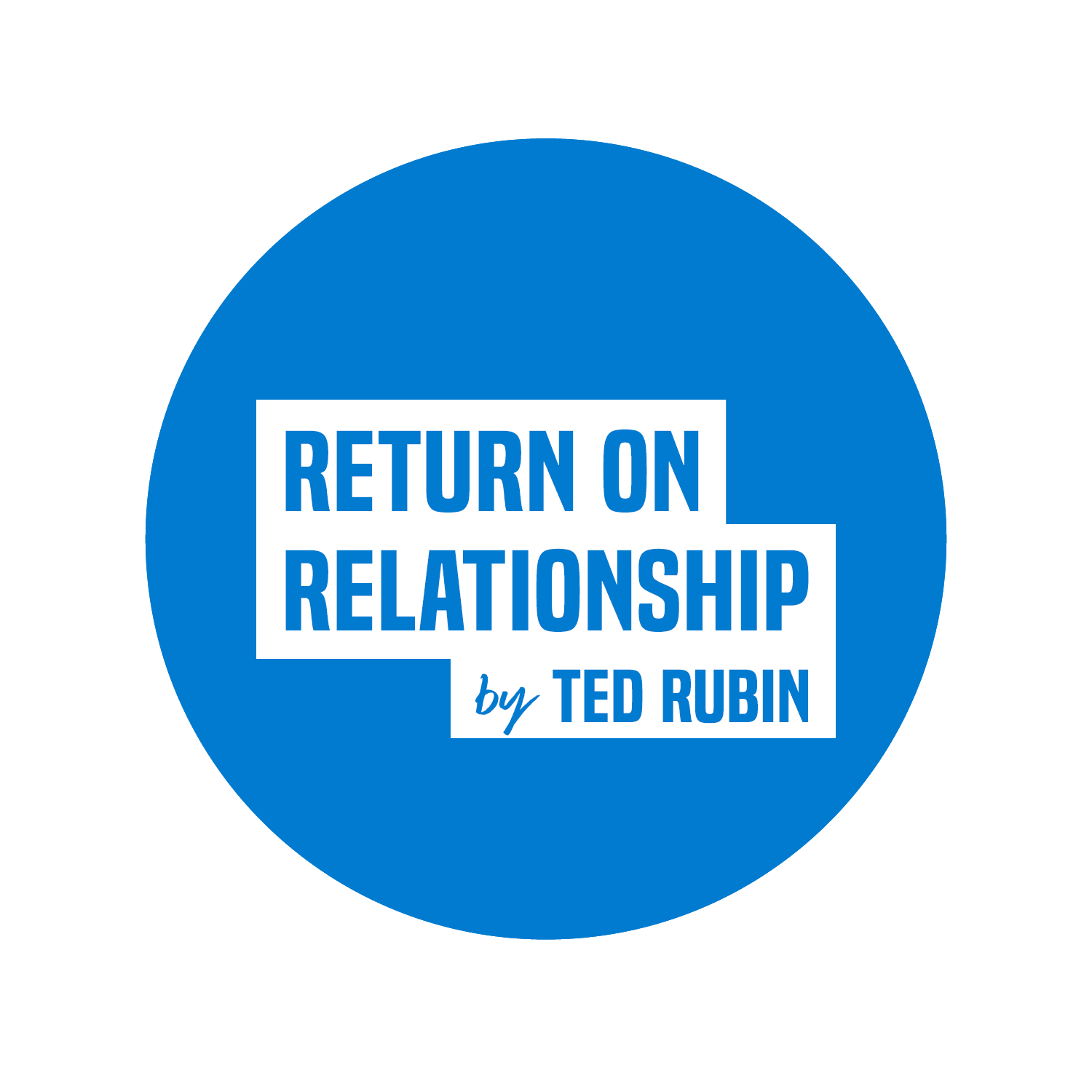The AI Agent Era Is Here And Most Infrastructure Isn’t Ready ~via David Honig
I had the good fortune to meet David when he was a driving force in building Buddy Media, and then working with him doing the same at Dynamic Signal. His passion, insight, and perspective about businesses based on technology, and where new ideas are headed, is invaluable. /Ted
I recently geeked out reading McKinsey’s latest research on AI agents, and it confirmed what many of us have been sensing: the future of intelligent agents is no longer hypothetical
We’re talking about always-on, real-time networks of systems, sensors, and software that operate invisibly in the background—autonomously coordinating workflows, triggering actions, and adapting at scale.
But here’s the problem: Foundational models weren’t designed for this kind of distributed, real-world autonomy.
To make LLMs truly agent-ready, five critical shifts must happen:
Subsecond inference Agents working in IT ops, CX, and service workflows need fast, predictable responses. Think Claude Haiku, Gemini Nano.
Fine-tuning + control Regulated industries need models grounded in domain-specific knowledge. That’s where Llama 3 and Mistral 8x7B shine.
Lightweight deployment Edge-based agents can’t run bloated models. Solutions like Phi-2 and Gemini Nano allow lean performance where it counts.
Scalable orchestration Running one agent is easy. Running thousands? Not without real orchestration—enter Mixtral, Grok-1, GPT-3.5 Turbo.
Sovereignty + auditability No CIO wants to run critical operations on a black-box model hosted who-knows-where. Open, local, and transparent wins trust.
The Real Risk? Thinking Too Small
Too many companies are still treating GenAI like a glorified cost-cutter. More dashboards. Less headcount. Slightly faster emails.
But today’s AI isn’t just about efficiency. It’s about competitive reinvention. And the surprise? Your competitor might figure that out before you do.
McKinsey’s Data Makes It Clear: The AI Paradox Is Real
Nearly 80% of companies report using GenAI, yet most say they’ve seen no real impact on the bottom line.
Why? Because they’re scaling horizontal tools such as copilots, chatbots, etc. that provide broad but hard-to-measure value.
Meanwhile, vertical use cases where real transformation lives are still stuck in pilot mode. Nearly 90% haven’t scaled.
To Break Through, Companies Need a Mindset Shift:
From scattered initiatives → to strategic transformation programs
From individual use cases → to end-to-end business process redesign
From siloed AI teams → to cross-functional, embedded squads
From experimentation → to scalable, industrialized deployment
This is the Agentic Era. It’s time to stop dabbling and start transforming.
LETS NOW TAKE A STEP BACK
I keep hearing this from executives: “How can we make our employees more productive with AI?”
It’s the right question. But the most common answer “make them faster” misses the bigger opportunity.
The Real Question Isn’t “How Do We Make Employees Faster with AI?” It’s: How Do We Make Them Smarter, Safer, and More Empowered?
🛑 Speed ≠ Productivity
Yes, AI can accelerate workflows. But true productivity isn’t just about speed. It’s about:
Better decisions
Creative problem-solving
Empowered employees who know when and how to apply AI effectively
And when companies focus only on efficiency metrics, something unintended happens…
⚠️ Shadow AI Starts Creeping In
Employees under pressure to “move faster” start bringing in their own tools often unapproved, unmanaged, and invisible to IT.
They’re trying to help, but they may be creating risk without realizing it.
📊 What We’re Seeing in the Data:
90% of AI tools in use today across orgs are unmanaged
Most are completely invisible to IT and leadership
That creates a huge blind spot:
🔍 What AI tools are employees really using?
🔐 Where is sensitive data going?
🛡️ Are we exposing ourselves to security or compliance risk?
💸 Are we duplicating spend on redundant AI apps?
What Organizations Need Isn’t Control—It’s Visibility + Trust
At Larridin, we built a platform that gives companies:
✅ A full view of AI usage across the organization
✅ Insight to guide, protect, and empower, not micromanage
✅ Tools to support safe, responsible, and scalable AI adoption
The agentic era is here. And AI isn’t just reshaping how we work, it’s reshaping how companies lead.
Let’s build and reinvent with intention.
If you’re ready to go beyond theory, let’s talk. Larridin’s AI intelligence suite helps IT and executive teams manage models responsibly, securely, and at scale, making agents a reality, not a science experiment.
DM me, email me, or just book some time with me https://calendly.com/davehonig.
Let’s get ahead of this before someone else does.



